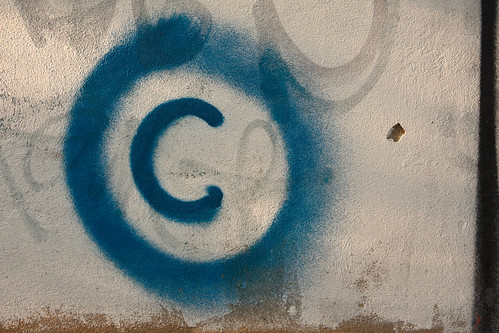
Thoughts by the University of Texas Libraries Scholary Communications Advisor and resident copyright expert Georgia Harper on Pam Samuelson’s article, “Reforming Copyright is Possible,” published in the July 9 edition of The Chronicle of Higher Education.
Pam Samuelson is a visionary copyright scholar, winner of a MacArthur Grant, and an optimist. She believes that despite the dim prospects for badly needed comprehensive copyright reform, we can take small steps to make big improvements, both within and outside the legislative process. Several of her proposals for libraries’ independent action exhort us to rely more confidently on fair use, engage in concerted efforts to search for owners of out-of-commerce works and identify them so that people may use more freely those for whom owners cannot be found, and work together to bring our out-of-copyright works to digital life. For example, she applauds the efforts to create a Digital Public Library that would provide public access to public domain works. She is right. All of these ideas are good ones that deserve our attention and our action.
Her suggestions about how modest legislative efforts could improve the picture for public access to libraries’ holdings are more difficult to embrace.
Proposals for any kind of legislative change, no matter how modest, are likely to run into predictable problems. The proposals to liberate orphan works from the hostage of long, lonely copyright terms and very scary penalties for their infringement, and “to update rules that allow libraries to make reasonable uses of in-copyright works” will most likely disappoint us, if not actually impair our ability to proceed more flexibly under other areas of the law, such as fair use. Part of the problem is the legislative approach to updating copyright. Legislators turn the process over to the industries that will be affected by the law. They, in turn, conceive of solutions to their problems in terms of very rigidly defined containers for exceptions to infringement liability, containers often designed with the past in mind, for example, with an eye to preserving or enhancing existing revenue streams, or safeguarding “how we’ve always done things.” Such solutions only make the work of real adaptation to a changed world more difficult.
Orphan works legislation was twice attempted, and twice failed. Efforts to update Section 108, the section of the Copyright Act that allows libraries to provide copies to our patrons, among other things, also failed. The results of the Section 108 study group’s three-year effort are the poster child for how frustrating our legislative process can be. In practice, turning the process over to the industries affected by copyright means that legislators ask opposing parties to work together for however long it takes to come to an agreement regarding the form of proposed legislation. If they “succeed,” and librarians are one of the parties, we often seem to come out holding the short stick. If the negotiator librarians don’t come to an agreement, as was the case for the Section 108 study group, it was at least partly because librarians did their best to protect our ability to serve our patrons’ needs with flexibility, as we do with fair use. Flexibility is not a hallmark of the modern copyright provision.
Pam Samuelson is quite sanguine about the need, and the prospects, for meaningful change. She knows all of this and much more about why it will be difficult. Yet, she remains optimistic. I wonder if she simply sees what needs to be done, recognizes that there are people of good will on both sides of any issue, and knows that it’s always just a matter of time before things will change. We will adapt to what we have to adapt to.
